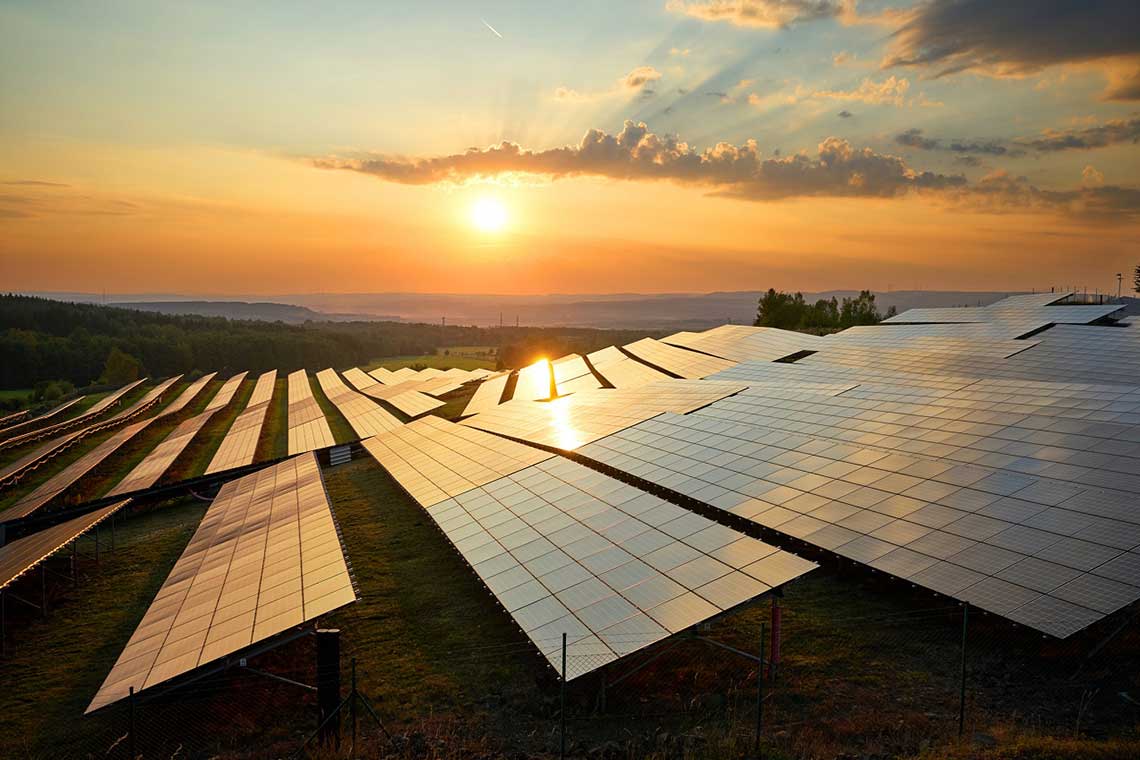
2018 will be the year in which solar will have to prove it can operate outside of a subsidy framework, but could benefit from the diminishing reliance on government policy and the growing use of additional technologies like battery storage.
That was the view of participants in a round table discussion, chaired by Solar Power Portal and hosted by The Whitehouse Consultancy last month, which sought to identify the key themes that will emerge over 2018 across the UK renewable energy sector.
Reflecting on the changes experienced by the solar market in particular over 2017, a consensus emerged that the transition away from the Renewables Obligation, which closed in March last year, and the reductions in the available feed-in tariffs (FiTs) could provide some benefit to the technology.
“The problem with subsidy markets is that you are then beholden to political whim and if the political whim is changing on a shorter than five year time frame, then it’s less useful from an investor perspective,” said Bruce Davis, co-founder of Abundance Investment.
“I don't think solar is one of those easy-to-solve problems, there's no magic silver bullet waiting to be launched. But I think the transition from the FiT/ROC regime through to a market regime, is now beginning to be understood [in terms of] what that means and what you can do with it.”
Steve Mack, head of investments at Low Carbon, agreed, adding that investment over 2018 will most likely go to “things that are less reliant on policy”.
“[That’s] how we look at the world these days; don't base your investment thesis on policy, base it on fundamentals.”
However, Davis added that the challenge facing UK solar now is to create a stable environment outside of the subsidy regime that offers investors clarity and certainty over future opportunities.
Despite the success of developer Anesco in bringing forward the first subsidy-free solar farm in the UK, combining 10MW of solar with 6MW of battery storage, the group were unconvinced that this combination offered the key to developing more sites outside of the RO regime.
Davis continued: “We looked at the subsidy-free solar option and it looks very early stage and we can't see what the business model is on the other side with any certainty.”
“Most of that stuff now is R&D, they're not commercial as they don't stack up. Even if you bang a battery on the side the fundamentals still don't work, you're just saving a bit on the grid cost, nothing more,” Mack added.
“I don't think it's irrational to be developing subsidy-free solar but I don't think it's going to be a boom.”
Instead, the two believed that corporate power purchase agreements could have the potential to lead subsidy free deployment of solar if corporates can be persuaded to look beyond short term contracts and enter into long term fixed contracts to hedge against future rises in energy prices.
The same uncertainty lies in the FiT market, where drastically reduced rates have left smaller installations without an economic incentive. In addition, when the FiT closes in 2019 both the generation and export tariffs will be removed from the market meaning new installations will only save owners cash on their savings.
Andrew Crossland, senior design engineer at Solarcentury, believes this needs to be addressed if solar is to remain an attractive technology.
“I think within the next six months we're going to need some clarity on what's going to happen in terms of long term security of finance because in essence, export solar [that] you don't consume on site will need some guaranteed revenue and I don't see any answer to that at the moment,” he said.
